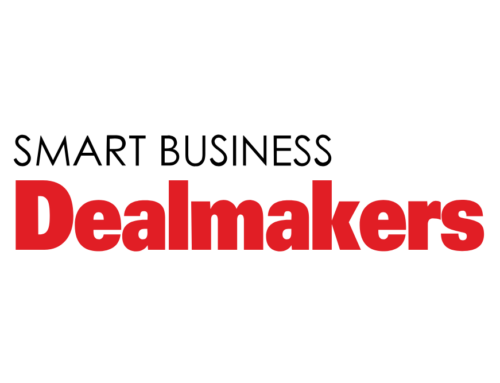In this week’s Best Money Moves roundup, we take a look at news stories and new research studies that may impact employee benefits and HR issues. We hope you find this news roundup helpful, and we’d love your feedback.
America has a student loan debt crisis. Employers are paying the price.
Over 44 million Americans are carrying a total of $1.48 trillion in student loans and chances are your employees (and possibly even you) are among those affected. Employees facing significant student loan debt are more likely to defer saving for retirement, buying a home, getting married and having children. (And they’re spending between 12 and 15 work hours each month fretting about their finances.)
They’re also more likely to seek out additional employment to cover their expenses. As a result, their concentration, productivity and overall physical health suffers – as does your company’s bottom line.
Meanwhile, the financial cost of higher education is only increasing with time, matriculating well-educated, inexperienced and deeply indebted graduates into the workforce.
Empowering your employees with financial know-how is the key to reducing financial stress, managing their student loan debt and creating financial wellness.
Make no mistake: student debt affects your employees’ ability to plan for the future and build productive and meaningful relationships. For employers, providing access to financial wellness through financial literacy and financial planning benefits programs means you’ll be able to attract and hold on to talented employees.
The cost of a higher education shouldn’t cost your company a good work force and it shouldn’t hold your employees back from planning their future. Read this week’s story to learn about 10 things you need to know about your employee’s student loan debt.
Employee Student Loan Debt: 10 Things You Need To Know (Part I)
How does a dynamic team stay on the same page? Between remote workers, local employees, freelancers and executives, Quartz has found that “virtual coffee breaks,” annual summits and transparency through a 1,000+ page handbook keeps everyone in their company looped in to cultural norms and work processes.
Can transparent communication guidelines actually connect your team?
Are you trying to grow your female IT workforce? Women make up a smaller share of both the private and public IT workforce. Five female federal executives offer advice on how women can succeed in public sector IT, despite making up a smaller share of the labor pool. See how the tide is changing.
5 Tips to Stop Backslide of Women in Government Tech
Corporate tax savings have arrived! What are America’s largest corporations doing with their millions in slashed taxes and instant savings? Here is a list of S&P 500 companies that have announced bonuses, wage increases and other special investments for their employees based on their new lower tax rate.
Tax savings allows greater investment in employees
It’s never too late to start a late-stage retirement plan. Don’t wake up in a cold panic anymore! Yes, you should have already begun your retirement savings plan – your retirement looms closer every single day. But if you haven’t started already, isn’t it too late? It’s not.
9 immediate steps to take today, to begin your retirement savings.
Cost is no longer the driving force when it comes to benefit platforms. What are the many factors taking priority over cost? Ease of use for benefits administrators and their employees as well as the ability to integrate new benefits technology with existing HR information systems – and that’s not all…
Employers are choosing user experience over cost.
Are you living in a Smart City? In March, the Smart Cities Council 2018 Readiness Challenge Grants will announce 5 winners from a list of 9 regional finalists. They’ll access workshops, products and services to bolster initiatives in infrastructure, open data platforms, Internet of Things (IoT), public Wi-Fi, sustainability and more.
What would you do with a Readiness Challenge Grant?
Is your city in one of the top six US office markets? 2017’s commercial property market experienced a lag in tenants, while office space availability has remained steady since 2016. Tenants at the end of 2017 occupied 21 million square feet more office space than they did at the beginning of the year.
How will economic diversity and population flow affect the office market for 2018?
Have something to add? Email info@bestmoneymoves.com.





